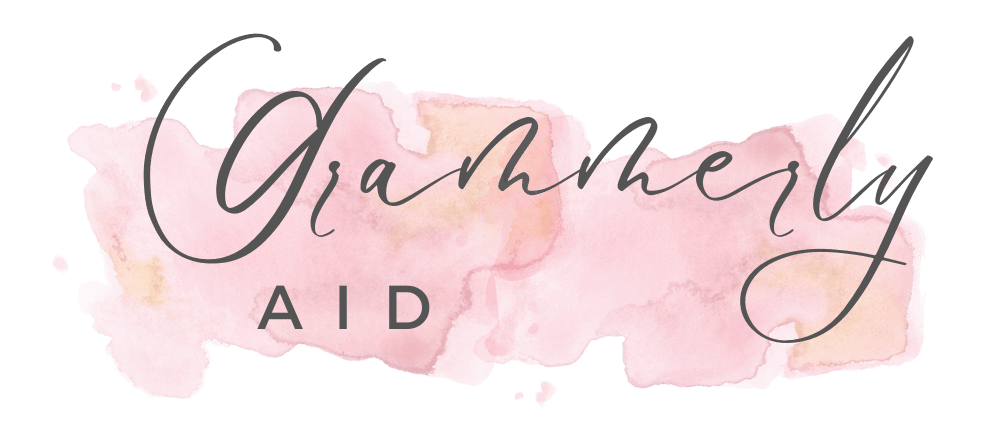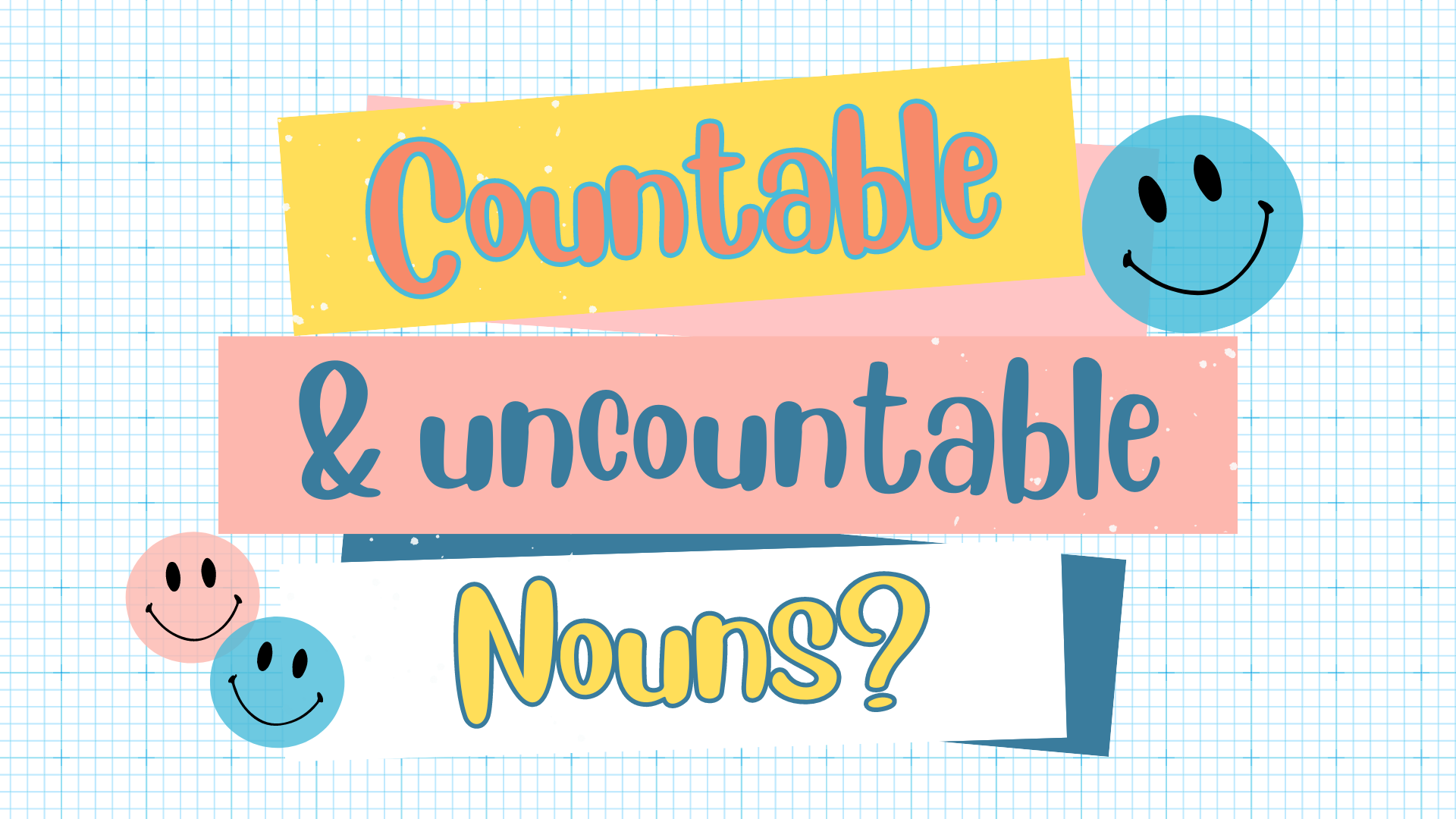In modern English nouns are broadly divided into countable and uncountable nouns. Let’s learn about them in more detail.
Table of Contents
Countable Nouns: Let’s Count the Fun!
Countable nouns are like friends we can count one by one. They have both a singular and a plural form. countable nouns are generally common nouns.
Examples of Countable Nouns:
- Banana: “I have one banana. Now, I have two bananas.”
- Dog: “Look at the cute dog! There are five dogs in the park.”
- Book: “I love reading books. I have six colorful books on my shelf.”
Uncountable Nouns: The Unseen Heroes!
Uncountable nouns are the superheroes of language. We can’t count them one by one, but they play essential roles in our sentences.
uncountable nouns are generally proper noun, material noun and abstract nouns.
Examples of Uncountable Nouns:
- Water: “I’m thirsty. Can I have some water?”
- Love: “Love makes the world a better place.”
- Advice: “She gave me good advice when I was confused.”
Rules of countable noun:
Countable nouns follow certain rules that govern their usage in English. Here are some key rules related to countable nouns:
- Plural Forms: Countable nouns can have both singular and plural forms.
- Singular: cat, book, table
- Plural: cats, books, tables
- Counting Numbers: Countable nouns can be quantified with specific counting numbers.
- Example: three dogs, five cars, two students
- Articles: Countable nouns can be used with both definite and indefinite articles.
- Definite Article: the cat, the book, the table
- Indefinite Article: a cat, a book, a table / an apple, an elephant
- Quantifiers: Countable nouns can be used with quantifiers that express quantity.
- Example: many books, few students, several cars
- Demonstratives: Countable nouns can be used with demonstratives to indicate specific items.
- Example: this cat, those books, that table
- Possessives: Countable nouns can be used with possessive forms to show ownership.
- Example: Mary’s book, the cat’s tail, John’s car
- Countable Nouns Can Be Enumerated: Countable nouns can be listed or enumerated.
- Example: apples, oranges, bananas
- Countable Nouns with Numbers in Front: Countable nouns can directly follow numbers.
- Example: two houses, five friends, ten cars
Remember that countable nouns are individual entities that can be counted as separate units. These rules help guide their usage in sentences, ensuring clear and accurate communication in English.
Rules of uncountable nouns:
- No Plural Form: Uncountable nouns do not have a plural form. They are considered singular.
- Example: water (not waters), rice (not rice’s), information (not information’s)
- Cannot Be Counted as Units: Uncountable nouns represent substances, concepts, or ideas that cannot be counted as individual units.
- Example: happiness, music, air, advice
- No Articles with Uncountable Nouns: Uncountable nouns generally do not use the indefinite articles “a” or “an.”
- Incorrect: a water, an advice
- Correct: water, advice
- Use Specific Quantifiers: Uncountable nouns are quantified using terms like “some,” “a lot of,” “a little,” or specific measurement units.
- Example: some water, a lot of information, a little sugar
- Use “Much” for Negatives and Questions: When used in negative sentences or questions, “much” is often used with uncountable nouns.
- Example: How much money do you have? (question) There isn’t much time left. (negative)
- Use “Many” with Countable Nouns: When discussing quantities, use “many” with countable nouns and “much” with uncountable nouns.
- Example: How many books do you have? (countable) How much knowledge do you have? (uncountable)
- Use “A Little” and “A Bit of”: To express a small quantity of an uncountable noun, use phrases like “a little” or “a bit of.”
- Example: Can I have a little milk in my coffee? She added a bit of sugar to the recipe.
- Use Containers for Measurement: For some uncountable nouns, you can use containers or measurement units to make them countable.
- Example: a cup of coffee, a piece of advice, a loaf of bread
Understanding these rules will help you correctly use uncountable nouns in sentences and communicate effectively in English.
Worksheet 1: Identifying Countable and Uncountable Nouns
Instructions: Identify whether the following nouns are countable (C) or uncountable (U).
- ____________ water
- ____________ book
- ____________ sugar
- ____________ chair
- ____________ information
- ____________ apple
- ____________ money
- ____________ time
- ____________ pencil
- ___________ furniture
Worksheet 2: Countable and Uncountable Nouns in Sentences
Instructions: Fill in the blanks with the appropriate countable or uncountable noun.
- There are two ____________ on the table.
- Could you please pass me some ____________?
- I have a lot of ____________ to do today.
- She gave me some ____________ advice.
- He bought a ____________ of oranges from the store.
- We don’t have much ____________ left.
- The teacher wrote the ____________ on the board.
- How many ____________ are there in the jar?
- I need a ____________ of milk for the recipe.
- They have a beautiful ____________ in their living room.
Worksheet 3: Expressing Quantity with Countable and Uncountable Nouns
Instructions: Use the appropriate quantifiers (some, any, a, many, much) to complete the sentences.
- I don’t have ____________ bread left.
- She bought ____________ new shoes yesterday.
- There isn’t ____________ cheese in the refrigerator.
- How ____________ cups of coffee do you drink in a day?
- We need ____________ information about the project.
- Is there ____________ fruit in the basket?
- I have ____________ friends who live in that city.
- Do you have ____________ time to help me with my homework?
- He has ____________ money to buy a new car.
- Can I have ____________ cookies, please?

